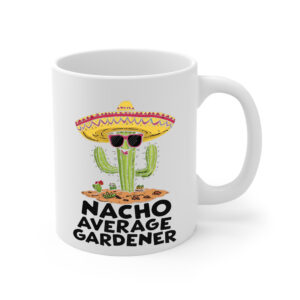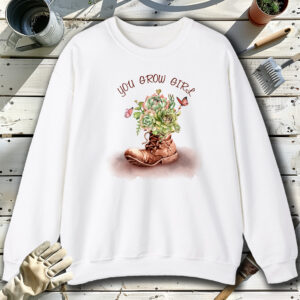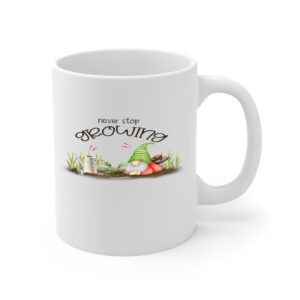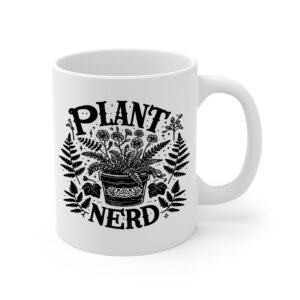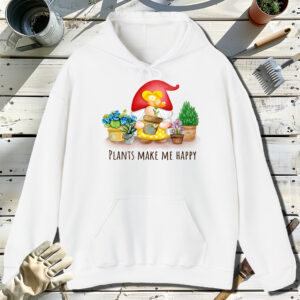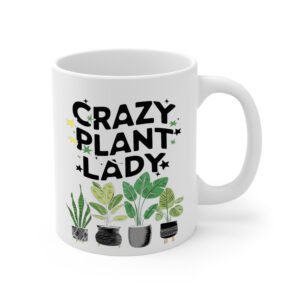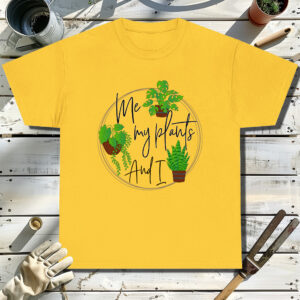Table of contents
Miniature treefern
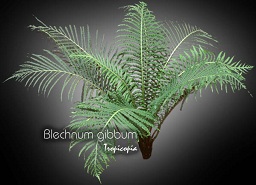
Latin Name: Blechnum gibbum
Category: Fern
Family: Polypodiaceae
Origin: New Calidonia
Climate: Tropical humid
Growing Zones: 11-10
Care Instructions
The Miniature treefern (Blechnum gibbum) is a tropical humid plant that originates from New Calidonia. This fern plant belongs to the Polypodiaceae family and is well-suited for growing in USDA zones 11-10.
Complete Care Guide for Miniature Treefern (Blechnum gibbum)
Watering Requirements
The Miniature Treefern, or Blechnum gibbum, thrives in consistently moist conditions. It is essential to keep the soil evenly damp but not soggy, as overly wet conditions can lead to root rot. Water the plant when the top inch of soil feels dry to the touch, typically every 1-2 weeks, depending on the humidity and temperature of your environment. During the growing season (spring and summer), you may need to increase the frequency of watering, while in the dormant months (fall and winter), reduce watering slightly. Additionally, using distilled or rainwater is preferable, as tap water can contain chemicals that may harm the delicate fronds.
Light Conditions
Miniature Treeferns prefer bright, indirect light. Direct sunlight can scorch their delicate fronds, so it’s best to place them in a location where they receive filtered light, such as near a north or east-facing window. If grown outdoors, provide partial shade to protect them from harsh afternoon sun. In low-light conditions, the growth may slow down, and the fronds may become leggy. If you notice the plant stretching towards the light, it may be a sign that it needs a brighter location. A humidity-rich environment, such as a bathroom or kitchen, can also enhance their growth.
Soil Preferences
The ideal soil for a Miniature Treefern is a well-draining, organic potting mix that retains moisture without becoming waterlogged. A blend of peat moss, perlite, and orchid bark works well to provide the necessary aeration and drainage. It’s important to avoid heavy soils that can suffocate the roots. Fertilization should be done sparingly; use a diluted liquid fertilizer every 4-6 weeks during the growing season to promote healthy growth. In the fall and winter, reduce or eliminate fertilization as the plant enters its dormant phase.
Pests and Diseases
While the Miniature Treefern is relatively resilient, it can be susceptible to pests such as spider mites, mealybugs, and scale insects. Regularly inspect the undersides of the fronds for any signs of infestation. If you notice pests, treat them promptly with insecticidal soap or neem oil, ensuring to cover all affected areas. Additionally, keep an eye out for fungal diseases, which can occur in overly humid conditions. Signs of fungal issues include yellowing fronds or a white powdery substance. To prevent these problems, ensure good air circulation around the plant and avoid overhead watering.
Special Care Tips
To maintain the health and beauty of your Miniature Treefern, consider the following special care tips: First, increase humidity levels around the plant by misting the fronds regularly or placing a humidifier nearby. This is particularly important in dry indoor environments. Second, avoid placing the fern near heating vents or air conditioning units, as these can create drafts that may stress the plant. Third, repot the fern every couple of years to refresh the soil and provide more space for growth. Lastly, prune any dead or yellowing fronds to encourage new growth and maintain a tidy appearance. With proper care, your Miniature Treefern can thrive and become a stunning focal point in your indoor garden.

